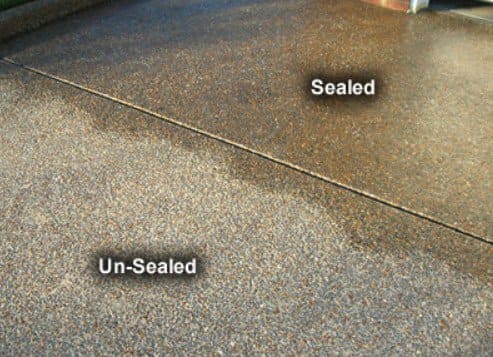Introduction
Concrete is one of the most versatile and widely used construction materials, valued for its strength and durability. However, despite its robustness, concrete is susceptible to various environmental factors that can degrade its quality and shorten its lifespan. This essay explores the crucial role of cement sealers in protecting concrete surfaces from weathering, chemical attacks, and wear. We will delve into the science behind cement sealers, their application processes, and their benefits in preserving concrete infrastructure.
The Vulnerability of Concrete
Concrete is inherently porous, which means it can absorb water, chemicals, and other substances. This absorption can lead to various forms of degradation such as cracking, spalling, and scaling, especially in environments with freeze-thaw cycles, chemical exposures, and mechanical wear. The penetration of moisture and contaminants not only weakens the concrete but can also lead to the corrosion of reinforcing steel bars, further compromising the structural integrity.
What Are Cement Sealers?
Cement sealers are specialized coatings applied to the surface of concrete to protect it from external damages. These sealers can be broadly classified into two categories: film-forming sealers and penetrating sealers. Film-forming sealers create a protective layer on the surface of the concrete that prevents the penetration of moisture and chemicals. On the other hand, penetrating sealers absorb into the concrete and form a chemical barrier that shields the pores from within.
Benefits of Using Cement Sealers
- Enhanced Durability By blocking the ingress of harmful substances, cement sealers extend the life of concrete structures. This protection is particularly important for surfaces exposed to harsh weather conditions, saline environments, or chemical spills.
- Moisture Protection Sealers provide a waterproof barrier that prevents water absorption, reducing the risk of freeze-thaw damage in colder climates. This moisture protection is essential for preventing the growth of mold and mildew, which can degrade concrete and pose health risks.
- Stain Resistance Sealed concrete is more resistant to staining from oil, grease, and other contaminants. This makes cement sealers ideal for use in garages, driveways, and industrial settings where spills are common.
- Aesthetic Preservation Sealers can enhance the appearance of decorative concrete by intensifying color and adding a gloss or matte finish. They also prevent the fading caused by UV exposure, keeping decorative concrete looking new longer.
Application of Cement Sealers
The application of cement sealers is a straightforward process that requires careful preparation and timing. The concrete surface must be clean and fully cured before application. Sealers are typically applied using rollers or sprayers, and in some cases, multiple coats are necessary to ensure optimal protection. The choice of sealer type and application method depends on the specific needs of the concrete surface and the environmental conditions it faces.
Challenges and Considerations
While cement sealers are highly effective in extending the life and beauty of concrete surfaces, there are several factors to consider before application. These include the existing condition of the concrete, the environmental exposure, and the specific type of sealer best suited for the job. Additionally, some sealers require regular reapplication to maintain their protective properties, and improper application can lead to peeling, blistering, or uneven protection.
Conclusion
Cement sealers play a pivotal role in safeguarding concrete structures from environmental challenges and wear. By choosing the appropriate type of sealer and applying it correctly, it is possible to significantly enhance the durability, functionality, and aesthetic appeal of concrete surfaces. As advances in sealer technology continue, the effectiveness and range of applications for these important protective coatings will undoubtedly expand, further enhancing their value in the construction industry.


